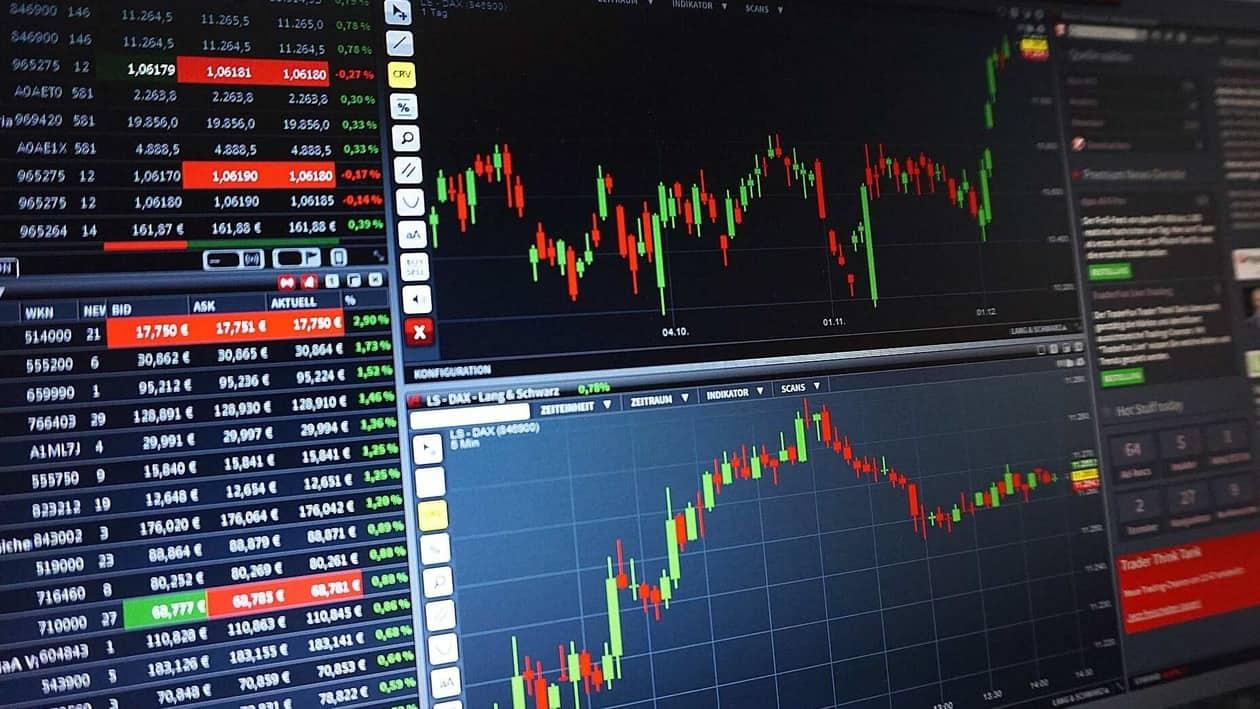Long and short positions refer to the strategy of buying equities that are expected to rise in value, and selling those which are likely to fall. In case of equity, a long position implies an investor has bought the shares and possesses them in his trading account.
On the other hand, a short position implies that the trader owes shares to another investor without actually buying them.
It is worth noting that in case of options, long and short positions have different connotations. When a trader buys an option -- call or put -- it implies he holds a long position since the trader holds the right to buy or sell the shares to the option seller.
On the flip side, the selling of an option — call or put — implies the trade holds a short position.
Let us understand what exactly are long and short positions:
Long position: When a trader holds a long position, it means he bought the shares of a company and intends to stay invested. As the name suggests, long in a position means being associated for a long term.
For instance, if Mr A expects the shares of XYZ to rise in the next few weeks, he will buy 100 shares of the company so that he can sell them in the market as and when their price rises.
Short position: On the other hand, short position means the investor doesn't own the shares but sold them without owning them. In other words, the trader is short of a number of shares, because he owes them to the one to whom he sold the shares.
For example, if Mr D expects the shares of ABC to fall then he would sell them to another trader without owning them. He can borrow them from a brokerage on margin money with an intent to buy them later after the prices have fallen.
Let us understand this with another example. There is an investor Ajay who hopes the stock of HCL will fall. He decides to sell its 500 shares without even owning them.
This means he will be short of 500 HCL shares at the time of settlement, and is supposed to meet this commitment by buying them to be able to deliver.
Usually, what a trader would do is that he would borrow the stock from a brokerage on margin to make the delivery. Since the trader hopes the share price will fall, he will buy after the prices have fallen.
So, it can be underscored that investing long and short are two positions held by traders based on their expectations of price changes.
The traders who go long hold the shares, and those who expect the price to fall go short by selling them without even possessing them.
